Introduction
QQQ is one of the most widely recognized ETFs, tracking the Nasdaq-100 Index, which consists of 100 of the largest non-financial companies listed on the Nasdaq exchange. Investors often consider QQQ for large-cap exposure due to its strong representation of leading technology and growth-oriented firms. Unlike traditional large-cap ETFs that provide broad market coverage, QQQ is heavily weighted toward tech-driven industries, making it a compelling choice for those seeking concentrated exposure to innovation leaders. This article explores QQQ’s evaluation as a large-cap fund.
Understanding QQQ and Its Composition
This index is heavily weighted toward technology, consumer discretionary, and communication services sectors, making it distinct from broader market indices like the S&P 500. The Nasdaq-100 is known for its focus on innovation-driven companies, providing investors with exposure to high-growth firms that shape global industries. The composition of QQQ reflects its tech-heavy nature, with major holdings including Microsoft, NVIDIA, Apple, Amazon, and Alphabet. It includes some exposure to healthcare and consumer staples.
Evaluating QQQ as a Large-Cap Fund
QQQ primarily consists of large-cap growth stocks. These companies have market capitalizations exceeding hundreds of billions of dollars. When comparing QQQ to other large-cap ETFs like SPY and VOO, key differences emerge. SPY and VOO track the S&P 500, offering exposure to a wide range of sectors, including financials, healthcare, and industrials. QQQ, on the other hand, excludes financial stocks and has minimal exposure to energy and utilities. While SPY and VOO provide balanced diversification, QQQ’s tech-heavy composition makes it more susceptible to sector-specific trends and market fluctuations. QQQ leans heavily toward growth-oriented stocks, whereas SPY and VOO include a mix of growth and value companies. Growth stocks in QQQ tend to have higher price-to-earnings ratios and reinvest profits into expansion rather than paying dividends. In contrast, value stock are more prevalent in SPY and VOO.
Sector and Geographic Exposure in QQQ
QQQ is heavily dominated by technology stocks, with over half of its holdings allocated to the sector. Major companies such as Microsoft, Apple, NVIDIA, and Alphabet make up a significant portion of the fund, reinforcing its focus on innovation-driven industries. Financial stocks, which play a crucial role in traditional large-cap funds, are excluded from QQQ due to the Nasdaq-100 Index’s composition. Additionally, energy and industrial companies represent only a small fraction of the fund’s holdings, limiting diversification across cyclical sectors. Geographically QQQ is overwhelmingly concentrated in U.S.-based companies, with over 95% of its holdings originating from the domestic market, making it highly sensitive to the macro factors that impact the U.S.
Performance Metrics and Historical Returns
QQQ has historically outperformed many large-cap benchmarks, including the S&P 500. Over the past 10 years, QQQ delivered an annualized return of approximately 17.68%, compared to the S&P 500’s 10.82%. This strong performance is largely driven by its concentration in technology and growth-oriented stocks, which have benefited from rapid innovation and market expansion. Volatility is a key risk factor associated with QQQ. While its returns have been impressive, the fund has experienced significant price swings, particularly during market corrections. For example, in 2022, QQQ declined by 32.58%, reflecting the broader selloff in technology stocks. Despite its volatility, QQQ offers strong long-term growth potential.
Expense Ratios and Fund Costs
QQQ has an expense ratio of 0.20%, which is relatively low compared to actively managed funds but slightly higher than some broad-market ETFs like VOO and SPY. This can still affect long-term returns, especially for investors holding the fund over extended periods. Even small differences in expense ratios can compound over time, impacting overall portfolio growth. Liquidity and trading volume are additional factors to consider when investing in QQQ. The fund is one of the most actively traded ETFs, ensuring tight bid-ask spreads and minimal price discrepancies.
Risk Factors Associated with QQQ
QQQ carries a notable market concentration risk due to its heavy allocation to technology stocks. With major holdings in companies like Microsoft, Apple, NVIDIA, and Alphabet, the fund is highly dependent on the performance of the tech sector. While this concentration has historically driven strong returns, it also exposes investors to sector-specific downturns. Economic downturns and sector-specific volatility further impact QQQ’s risk profile. The Nasdaq-100 Index, which QQQ tracks, tends to be more sensitive to macroeconomic shifts. For example, in bear markets, QQQ has historically declined more than broader indices like the S&P 500, reflecting its reliance on high-growth companies. Regulatory risks affecting Nasdaq-listed companies also pose challenges for QQQ investors.
Tax Implications of Investing in QQQ
The tax treatment of QQQ dividends and capital gains follows standard ETF taxation rules. Investors who receive dividends from QQQ may be subject to different tax rates depending on whether the dividends are classified as qualified or non-qualified. Qualified dividends, which meet specific IRS criteria, are taxed at the lower long-term capital gains rate, while non-qualified dividends are taxed as ordinary income. Additionally, capital gains from selling QQQ shares are taxed based on the holding period. Foreign withholding taxes can impact international investors holding QQQ. Since QQQ primarily consists of U.S.-based companies, foreign investors may be subject to U.S. withholding taxes on dividends.
The standard withholding rate for non-U.S. investors is typically 30%, though tax treaties between the U.S. and certain countries may reduce this rate. Holding QQQ in tax-advantaged accounts, such as IRAs or 401(k)s, can help investors defer taxes on dividends and capital gains. Tax-loss harvesting, the selling underperforming assets to offset taxable gains, can be an effective strategy.
Alternatives to QQQ for Large-Cap Exposure
QQQ is often compared to broad-market ETFs like SPY and VOO, which track the S&P 500 Index. While QQQ focuses on the Nasdaq-100, emphasizing technology and growth stocks, SPY and VOO provide exposure to a more diversified set of industries, including financials, healthcare, and energy. Investors seeking balanced sector representation may prefer SPY or VOO. Choosing QQQ over traditional large-cap funds comes with advantages and drawbacks. QQQ has historically outperformed SPY and VOO during periods of strong tech sector growth, benefiting from innovation-driven companies. Diversification strategies can help investors balance QQQ with other ETFs to mitigate risk. Additionally, incorporating international ETFs can provide geographic diversification, reducing reliance on U.S. market trends.
Future Trends in QQQ and Large-Cap Investing
Emerging sectors are expected to shape QQQ’s composition as technology continues to evolve. Artificial intelligence, cloud computing, and semiconductor advancements are driving growth in the Nasdaq-100, influencing the ETF’s holdings. Companies like NVIDIA and AMD are at the forefront of these innovations. Interest rate policies, inflation trends, regulatory changes, and global trade agreements impact the valuation of technology stocks, which dominate QQQ’s portfolio. Technological advancements continue to reshape QQQ’s future, with innovations in AI, electric vehicles, and cloud-based services driving demand for its top holdings.
Conclusion
QQQ stands out as a growth-focused ETF, offering investors exposure to the largest and most influential companies within the Nasdaq-100. While it qualifies as a large-cap fund based on the market capitalization of its holdings, its sector concentration in technology and consumer discretionary makes it distinct from traditional broad-market large-cap ETFs like SPY and VOO. Investors seeking innovation-driven growth may find QQQ appealing, but balancing it with diversified funds can help mitigate sector-specific risks.
As emerging industries and economic dynamics continue to shape market trends, QQQ’s future remains closely tied to advancements in technology and shifts in the global investment landscape. Careful evaluation of its composition, expense ratios, and risk factors will allow investors to determine if QQQ aligns with their financial goals.
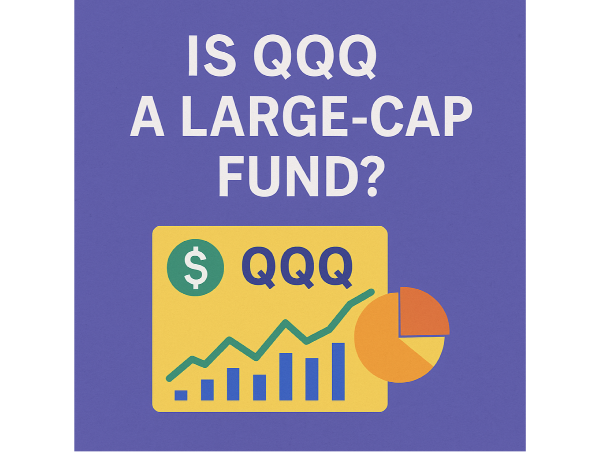

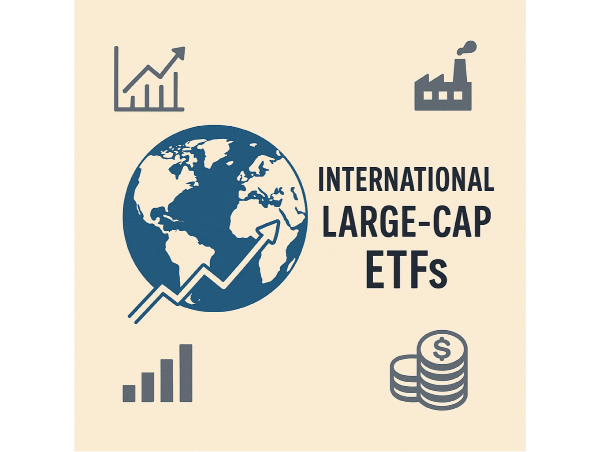
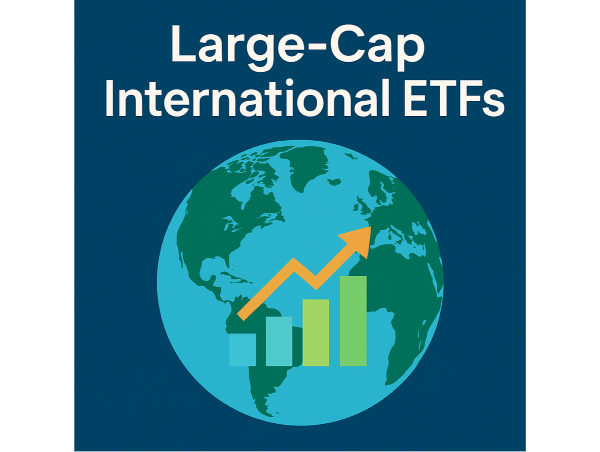
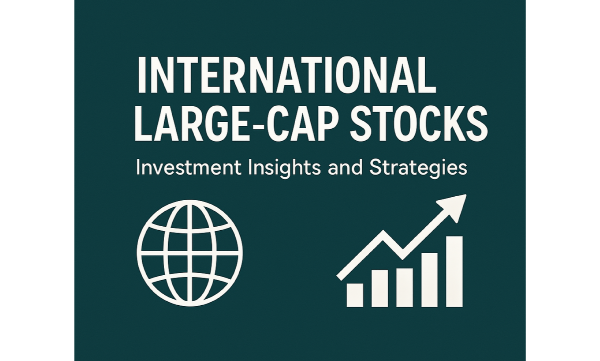


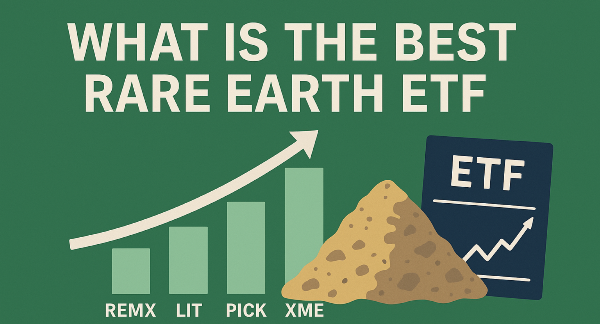




















Introduction
QQQ is one of the most widely recognized ETFs, tracking the Nasdaq-100 Index, which consists of 100 of the largest non-financial companies listed on the Nasdaq exchange. Investors often consider QQQ for large-cap exposure due to its strong representation of leading technology and growth-oriented firms. Unlike traditional large-cap ETFs that provide broad market coverage, QQQ is heavily weighted toward tech-driven industries, making it a compelling choice for those seeking concentrated exposure to innovation leaders. This article explores QQQ’s evaluation as a large-cap fund.
Understanding QQQ and Its Composition
This index is heavily weighted toward technology, consumer discretionary, and communication services sectors, making it distinct from broader market indices like the S&P 500. The Nasdaq-100 is known for its focus on innovation-driven companies, providing investors with exposure to high-growth firms that shape global industries. The composition of QQQ reflects its tech-heavy nature, with major holdings including Microsoft, NVIDIA, Apple, Amazon, and Alphabet. It includes some exposure to healthcare and consumer staples.
Evaluating QQQ as a Large-Cap Fund
QQQ primarily consists of large-cap growth stocks. These companies have market capitalizations exceeding hundreds of billions of dollars. When comparing QQQ to other large-cap ETFs like SPY and VOO, key differences emerge. SPY and VOO track the S&P 500, offering exposure to a wide range of sectors, including financials, healthcare, and industrials. QQQ, on the other hand, excludes financial stocks and has minimal exposure to energy and utilities. While SPY and VOO provide balanced diversification, QQQ’s tech-heavy composition makes it more susceptible to sector-specific trends and market fluctuations. QQQ leans heavily toward growth-oriented stocks, whereas SPY and VOO include a mix of growth and value companies. Growth stocks in QQQ tend to have higher price-to-earnings ratios and reinvest profits into expansion rather than paying dividends. In contrast, value stock are more prevalent in SPY and VOO.
Sector and Geographic Exposure in QQQ
QQQ is heavily dominated by technology stocks, with over half of its holdings allocated to the sector. Major companies such as Microsoft, Apple, NVIDIA, and Alphabet make up a significant portion of the fund, reinforcing its focus on innovation-driven industries. Financial stocks, which play a crucial role in traditional large-cap funds, are excluded from QQQ due to the Nasdaq-100 Index’s composition. Additionally, energy and industrial companies represent only a small fraction of the fund’s holdings, limiting diversification across cyclical sectors. Geographically QQQ is overwhelmingly concentrated in U.S.-based companies, with over 95% of its holdings originating from the domestic market, making it highly sensitive to the macro factors that impact the U.S.
Performance Metrics and Historical Returns
QQQ has historically outperformed many large-cap benchmarks, including the S&P 500. Over the past 10 years, QQQ delivered an annualized return of approximately 17.68%, compared to the S&P 500’s 10.82%. This strong performance is largely driven by its concentration in technology and growth-oriented stocks, which have benefited from rapid innovation and market expansion. Volatility is a key risk factor associated with QQQ. While its returns have been impressive, the fund has experienced significant price swings, particularly during market corrections. For example, in 2022, QQQ declined by 32.58%, reflecting the broader selloff in technology stocks. Despite its volatility, QQQ offers strong long-term growth potential.
Expense Ratios and Fund Costs
QQQ has an expense ratio of 0.20%, which is relatively low compared to actively managed funds but slightly higher than some broad-market ETFs like VOO and SPY. This can still affect long-term returns, especially for investors holding the fund over extended periods. Even small differences in expense ratios can compound over time, impacting overall portfolio growth. Liquidity and trading volume are additional factors to consider when investing in QQQ. The fund is one of the most actively traded ETFs, ensuring tight bid-ask spreads and minimal price discrepancies.
Risk Factors Associated with QQQ
QQQ carries a notable market concentration risk due to its heavy allocation to technology stocks. With major holdings in companies like Microsoft, Apple, NVIDIA, and Alphabet, the fund is highly dependent on the performance of the tech sector. While this concentration has historically driven strong returns, it also exposes investors to sector-specific downturns. Economic downturns and sector-specific volatility further impact QQQ’s risk profile. The Nasdaq-100 Index, which QQQ tracks, tends to be more sensitive to macroeconomic shifts. For example, in bear markets, QQQ has historically declined more than broader indices like the S&P 500, reflecting its reliance on high-growth companies. Regulatory risks affecting Nasdaq-listed companies also pose challenges for QQQ investors.
Tax Implications of Investing in QQQ
The tax treatment of QQQ dividends and capital gains follows standard ETF taxation rules. Investors who receive dividends from QQQ may be subject to different tax rates depending on whether the dividends are classified as qualified or non-qualified. Qualified dividends, which meet specific IRS criteria, are taxed at the lower long-term capital gains rate, while non-qualified dividends are taxed as ordinary income. Additionally, capital gains from selling QQQ shares are taxed based on the holding period. Foreign withholding taxes can impact international investors holding QQQ. Since QQQ primarily consists of U.S.-based companies, foreign investors may be subject to U.S. withholding taxes on dividends.
The standard withholding rate for non-U.S. investors is typically 30%, though tax treaties between the U.S. and certain countries may reduce this rate. Holding QQQ in tax-advantaged accounts, such as IRAs or 401(k)s, can help investors defer taxes on dividends and capital gains. Tax-loss harvesting, the selling underperforming assets to offset taxable gains, can be an effective strategy.
Alternatives to QQQ for Large-Cap Exposure
QQQ is often compared to broad-market ETFs like SPY and VOO, which track the S&P 500 Index. While QQQ focuses on the Nasdaq-100, emphasizing technology and growth stocks, SPY and VOO provide exposure to a more diversified set of industries, including financials, healthcare, and energy. Investors seeking balanced sector representation may prefer SPY or VOO. Choosing QQQ over traditional large-cap funds comes with advantages and drawbacks. QQQ has historically outperformed SPY and VOO during periods of strong tech sector growth, benefiting from innovation-driven companies. Diversification strategies can help investors balance QQQ with other ETFs to mitigate risk. Additionally, incorporating international ETFs can provide geographic diversification, reducing reliance on U.S. market trends.
Future Trends in QQQ and Large-Cap Investing
Emerging sectors are expected to shape QQQ’s composition as technology continues to evolve. Artificial intelligence, cloud computing, and semiconductor advancements are driving growth in the Nasdaq-100, influencing the ETF’s holdings. Companies like NVIDIA and AMD are at the forefront of these innovations. Interest rate policies, inflation trends, regulatory changes, and global trade agreements impact the valuation of technology stocks, which dominate QQQ’s portfolio. Technological advancements continue to reshape QQQ’s future, with innovations in AI, electric vehicles, and cloud-based services driving demand for its top holdings.
Conclusion
QQQ stands out as a growth-focused ETF, offering investors exposure to the largest and most influential companies within the Nasdaq-100. While it qualifies as a large-cap fund based on the market capitalization of its holdings, its sector concentration in technology and consumer discretionary makes it distinct from traditional broad-market large-cap ETFs like SPY and VOO. Investors seeking innovation-driven growth may find QQQ appealing, but balancing it with diversified funds can help mitigate sector-specific risks.
As emerging industries and economic dynamics continue to shape market trends, QQQ’s future remains closely tied to advancements in technology and shifts in the global investment landscape. Careful evaluation of its composition, expense ratios, and risk factors will allow investors to determine if QQQ aligns with their financial goals.